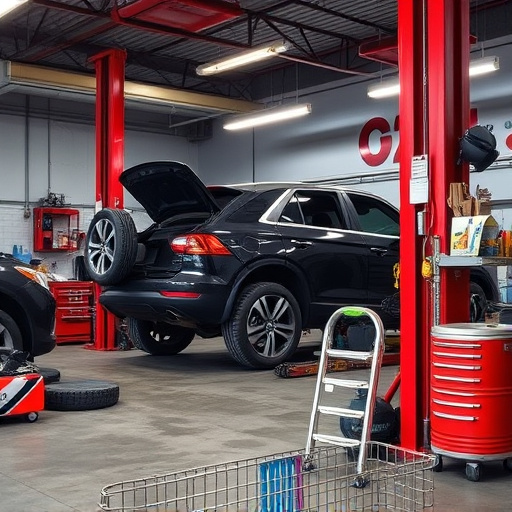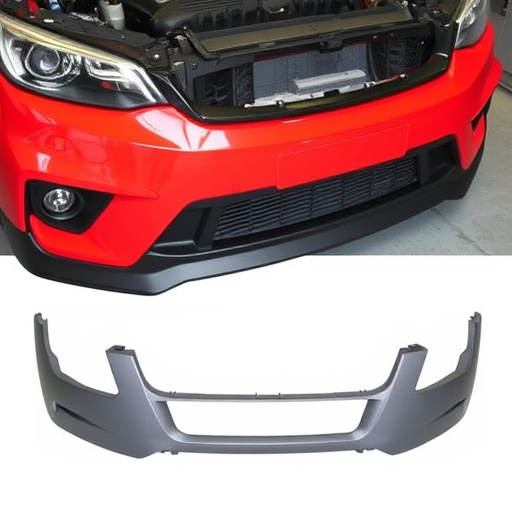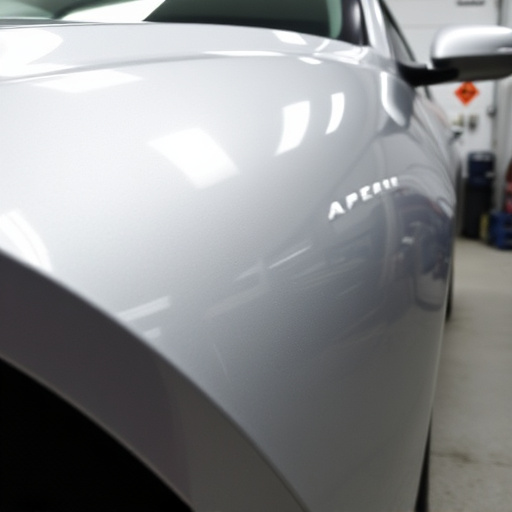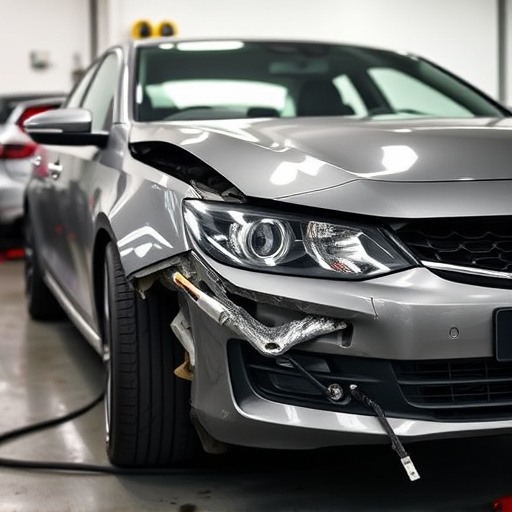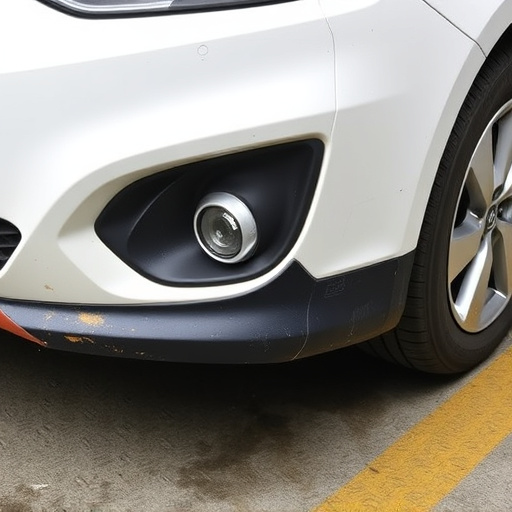Following a Mercedes windshield replacement, recalibrate Advanced Driver Assistance Systems (ADAS) sensors for optimal safety features like adaptive cruise control and automatic emergency braking. This involves driving at over 30 mph, using specialized software to adjust sensors, and concluding with test drives under varied conditions to confirm successful calibration. Professional testing ensures reliable ADAS functionality and enhanced driving safety compared to subpar or outdated components.
After a Mercedes windshield replacement, proper recalibration of Advanced Driver Assistance Systems (ADAS) sensors is crucial for optimal safety. This process ensures these innovative features, like adaptive cruise control and lane-keeping assist, function accurately. This article guides you through understanding the significance of ADAS sensor recalibration post-Mercedes windshield installation, outlining effective steps and emphasizing the importance of thorough testing and verification for enhanced driving security.
- Understanding ADAS Sensor Importance After Mercedes Windshield Replacement
- Steps for Effective Recalibration of ADAS Sensors
- Ensuring Optimal Safety: Post-Installation Testing and Verification
Understanding ADAS Sensor Importance After Mercedes Windshield Replacement
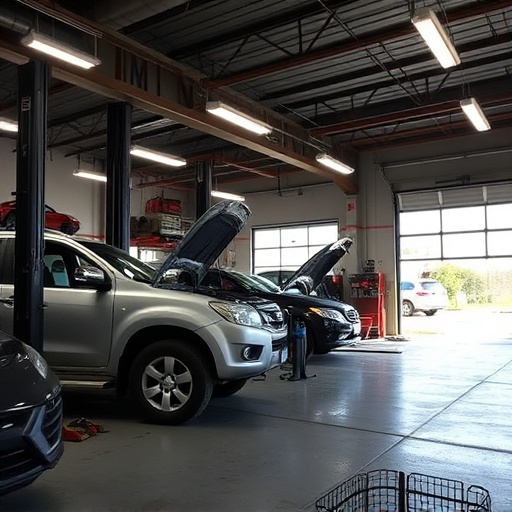
After a Mercedes windshield replacement, understanding the importance of ADAS (Advanced Driver Assistance Systems) sensor recalibration is paramount. These sensors play a crucial role in enhancing safety features such as adaptive cruise control, lane-keeping assist, and automatic emergency braking. Since the new Mercedes windshield may have slightly different dimensions or properties than the original, recalibrating these sensors ensures optimal performance and accuracy.
Proper ADAS sensor recalibration after a Mercedes windshield replacement is akin to fine-tuning a symphony. It guarantees that each instrument (sensor) works in harmony with the others, creating a seamless driving experience. This process involves advanced diagnostic tools and techniques to verify the sensors’ functionality, ensuring they’re aligned with the vehicle’s bodywork and ready to protect drivers and passengers, as well as facilitate efficient car repair services when needed.
Steps for Effective Recalibration of ADAS Sensors

After a Mercedes windshield replacement, recalibrating Advanced Driver Assistance Systems (ADAS) sensors is crucial for optimal vehicle performance and safety. This process ensures that the sensors accurately detect and respond to surroundings, enabling features like adaptive cruise control, lane-keeping assist, and automatic emergency braking.
To effectively calibrate ADAS sensors, follow these steps: First, drive the vehicle at speeds exceeding 30 mph on a straight, open road. Then, access the vehicle’s diagnostic system using specialized software. Next, initiate the sensor recalibration process, which may involve activating specific driving maneuvers. During this time, the sensors collect data to adjust their calculations and ensure precise performance. Finally, verify successful calibration by conducting test drives under various conditions, including turns and varying weather. This comprehensive approach guarantees that your Mercedes’s ADAS system is functioning at its best following windshield replacement or any vehicle bodywork repairs, even those involving vehicle paint repair.
Ensuring Optimal Safety: Post-Installation Testing and Verification
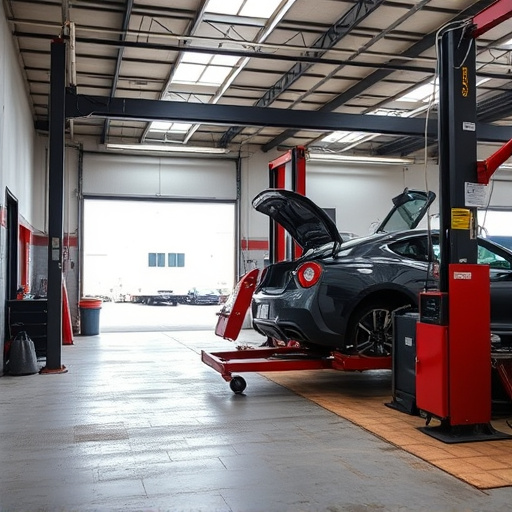
After successfully installing a new Mercedes windshield, ensuring optimal safety is paramount. This involves rigorous testing and verification procedures to confirm that all Advanced Driver-Assistance Systems (ADAS) sensors are functioning correctly. These sensors play a crucial role in enhancing vehicle safety features such as adaptive cruise control, lane departure warning, and automatic emergency braking. A professional auto repair near me should perform these checks meticulously to ensure the reliability of the ADAS systems.
Proper sensor recalibration is essential for the seamless integration of the new windshield with the existing vehicle systems. Vehicle restoration experts recommend conducting comprehensive testing before considering the vehicle ready for road use. This includes dynamic and static assessments to guarantee that the sensors accurately capture and process data, thereby improving overall safety while driving, especially when compared to relying on subpar vehicle repair services or outdated components.
After a Mercedes windshield replacement, proper recalibration of Advanced Driver Assistance Systems (ADAS) sensors is crucial for maintaining optimal safety features. Following the detailed steps outlined in this article, including effective sensor recalibration techniques and post-installation testing, ensures your vehicle’s ADAS systems function at peak performance. Remember, a well-calibrated sensor suite can significantly enhance driving safety, making it an essential step following any Mercedes windshield replacement.
